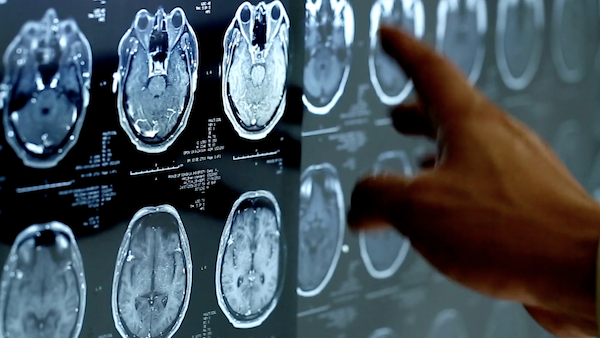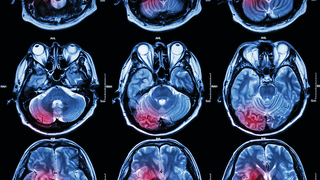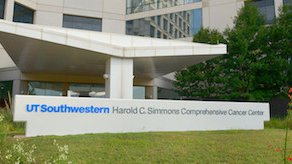About Gliomas
Gliomas are tumors that arise from the substance of the brain. The term glioma includes a diverse group of tumors, most of which are malignant to some degree in adults. Some of the most common types of gliomas are oligodendroglioma, astrocytoma, ependymoma, and glioblastoma.
Treating Gliomas
The evaluation of a patient with a glioma requires careful thought and is best done in a multidisciplinary manner. At UT Southwestern, neurosurgeons, radiation oncologists, and neuro-oncologists work together to develop a personalized treatment plan for each patient.
Surgery
When possible, the first step in the management of a glioma is often the surgical removal of the tumor. When needed, we use brain-mapping techniques to identify the critical motor and speech areas of the brain in order to preserve them at the time of surgery. If the tumor is located in an area where it cannot be safely removed, precise, image-guided biopsies can be performed to obtain a small amount of tissue with minimal risk to the adjacent parts of the brain.
Following surgery, the glioma tissue is analyzed by our specialized team of neuropathologists. After a diagnosis is made, further treatments are based on the biological behavior of the tumor.











